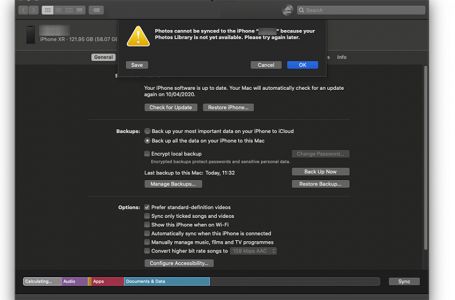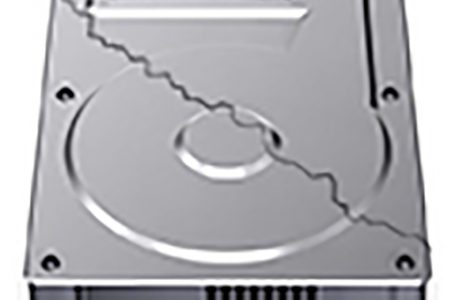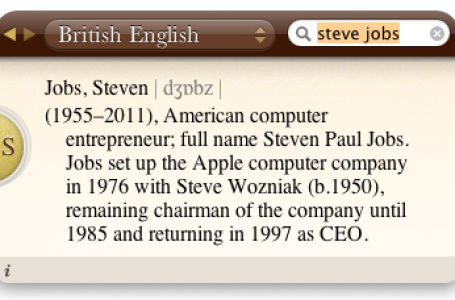Quad-Core Processing PowerMac G5’s
19 October 2005, is a date to put on your Apple landmark calendar. Its the day Apple introduced its first quad-core processing PowerMac G5. Providing quad-core processing with two 2.5 GHz dual-core PowerPC G5 processors. All Power Mac G5 models now feature dual-core processors, a new PCI Express architecture and higher performance graphics options including NVIDIA’s Quadro FX 4500, bringing the industry standard for workstation graphics to the Mac.
A quad processor is to apply quadruple the processing power and solve problems in one quarter the time.
Quote from Apple’s press release:
“With two 2.5 GHz dual-core processors, each with 1MB of L2 cache, the Power Mac G5 Quad delivers breakthrough performance on applications used extensively by creative professionals and scientists. For example:
- Final Cut Pro® 5 encodes SD video content up to 60 percent faster on the new Power Mac G5 Quad when compared with the Dual Processor 2.7 GHz Power Mac G5;
- Adobe Photoshop runs a series of 45 commonly used filters and actions 43 percent faster on the new Power Mac G5 Quad when compared with the Dual Processor 2.7 GHz Power Mac G5;
- Adobe After Effects renders video effects up to 69 percent faster on the new Power Mac G5 Quad when compared with the Dual Processor 2.7 GHz Power Mac G5;
- LightWave 3D renders animation up to 59 percent faster on the Power Mac G5 Quad when compared with the Dual Processor 2.7 GHz Power Mac G5; and
- The scientific benchmark Bioinformatics Benchmark System (BBS version 3) completes a comparison of genomic sequences up to 39 percent faster on the Power Mac G5 Quad when compared with the Dual Processor 2.7 GHz Power Mac G5.”











